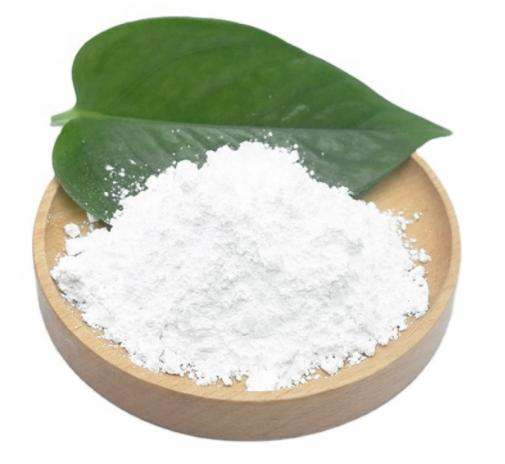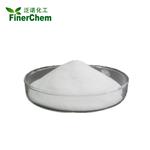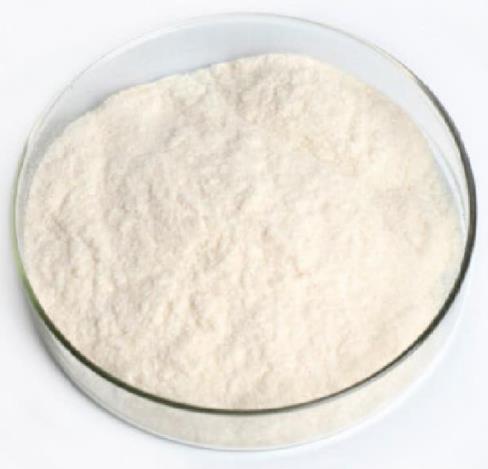Adverse effects of Hydroquinone
Mar 3,2022
Hydroquinone (HQ) is regarded as the gold standard for the treatment of disorders of hyperpigmentation including melasma. It competitively inhibits melanin synthesis through the inhibition of sulfhydryl groups and by acting as a substrate for the enzyme tyrosinase. Semiquinone free radicals are then released, which subsequently damage melanocytes and melanosomes in treated skin.

Efficacy
Although HQ is available in concentrations of 2% and 4%, it is the 2% concentration that is commonly available in over-the-counter cosmeceutical products. Clinical studies have reported good to excellent efficacy of HQ 2% in the treatment of disorders of hyperpigmentation
While effective, multiple potential acute adverse effects have been reported, including allergic or irritant contact dermatitis and post inflammatory hyper- and hypopigmentation. Of these, the most common is irritant contact dermatitis.
Adverse effects
Chronic adverse effects of topical HQ are also recognized and include exogenous ochronosis, pigmented colloid milia, nail pigmentation, cataracts, reduction of skin elasticity, development of offensive fish odor, and impaired wound healing.The most common of the chronic adverse effects is exogenous ochronosis.
Ochronosis typically manifests as asymptomatic hyperpigmented macules or patches on sun-exposed skin, specifically the face, upper back, and upper chest. Less common manifestations of ochronosis include asymptomatic erythema, gray-blue colloid milia, and papulonodules on sun-exposed areas.
Though various formulations of HQ are used widely in the United States, ochronosis is an uncommon adverse effect. Of note, the majority of reported cases of ochronosis are secondary to the use of 2% HQ.
In 2006, the Food and Drug Administration (FDA) propositioned a ban on over-the-counter HQ. These measures were proposed due to the potential for development of ochronosis and carcinogenicity. While some animal studies have demonstrated a heightened rate of cancer development with HQ use,no human studies have demonstrated increased cutaneous or internal carcinogenicity with HQ use.
- Related articles
- Related Qustion
- Why is Hydroquinone prohibited in skincare cosmetic products? Jun 27, 2024
Hydroquinone and mercury are ingredients added to skin-lightening products to limit the skin's production of melanin.
- Hydroquinone-Skin lightening and Controversy Oct 9, 2019
Hydroquinone exists in stems, leaves and juices of many plants in nature, is a chemical substance with a wide range of uses with major uses as a reducing agent in black and white photographic developing solutions.
Hydroxyacids are well known for their use in the cosmetics industry. They are often found in products that aid in the reduction of wrinkles, that soften strong, defining lines, and that improve the overall look and feel of the skin.....
Mar 3,2022Chemical MaterialsKojic acid (5-hydroxy-2 hydroxymethyl-4-pyrone) is a hydrophilic fungal derivative acquired from Acetobacter, Penicillium, and Aspergillus species, which reduces pigmentation through the inhibition of free tyrosine kinase production. Additi....
Mar 3,2022Organic ChemistryHydroquinone
123-31-9You may like
- Hydroquinone
-

- $1.00 / 25KG
- 2025-12-17
- CAS:123-31-9
- Min. Order: 1KG
- Purity: ≥99%
- Supply Ability: 2000mt/year
- Hydroquinone
-
- $100.00 / 25kg
- 2025-12-11
- CAS:123-31-9
- Min. Order: 1kg
- Purity: 99%min
- Supply Ability: 200TON
- Hydroquinone
-

- $58.00 / 1Kg/Bag
- 2025-12-03
- CAS:123-31-9
- Min. Order: 1KG
- Purity: 98%
- Supply Ability: 5T






